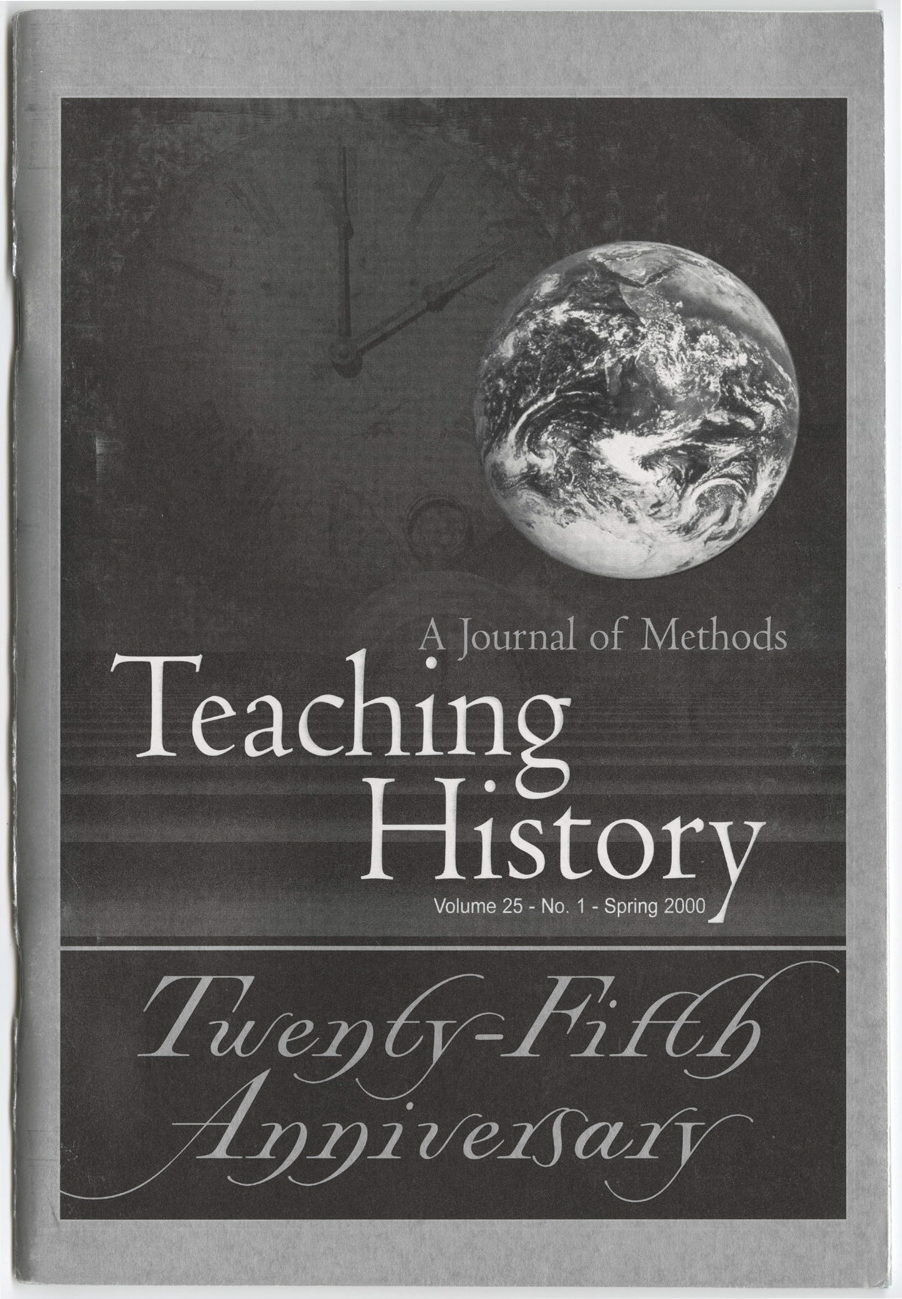Everybody Talks
Discussion Strategies In The Classroom
DOI:
https://doi.org/10.33043/TH.25.1.6-14Abstract
The year is 800 CE. A group of early Muslims meets in one part of the room. Their task is at once simple and complex. They must convince a group of pagans to convert to Islam. At the opposite side of the room, a group of early Christians is also meeting, hoping to convert the same group of pagans to Christianity. In the center sit t he pagans themselves, who have decided firmly that they will abandon their worship of natural deities in favor of one of the great religions of the book. They huddle together, predicting the arguments of their proselytizers and planning challenging questions. After ten minutes or so of planning strategy, the three groups are split into groups of only three individuals. Each smaller group includes one Muslim, one Christian, and one Pagan. They go to work. Christian and Muslim argue and cajole, trying to convert the pagan in the group. The pagan listens to them argue, breaking in to note errors and ask questions.
Downloads
Downloads
Published
How to Cite
Issue
Section
License
Copyright (c) 2000 W. Gregory Monahan

This work is licensed under a Creative Commons Attribution-NonCommercial-NoDerivatives 4.0 International License.
By submitting to Teaching History, the author(s) agree to the terms of the Author Agreement. All authors retain copyrights associated with their article or review contributions. Beginning in 2019, all authors agree to make such contributions available under a Creative Commons Attribution-NonCommercial-NoDerivatives 4.0 International license upon publication.



